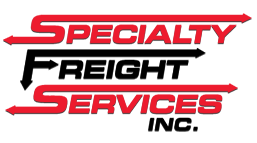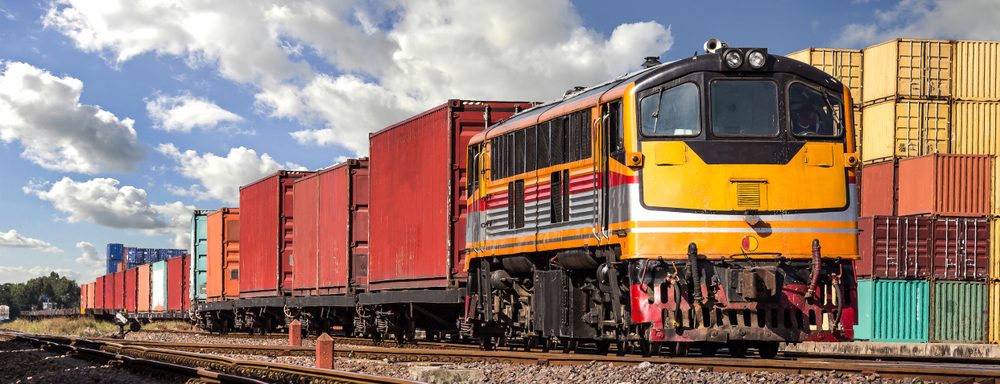The 2021 outlook for the U.S rail industry is largely positive, with experts foreseeing continued growth in demand and traffic, as well as prices.
Due to unprecedented demand and labor shortages, intermodal rail service rates may increase by hundreds of dollars per container in 2021.
As the pandemic has driven consumer spending on goods, rather than services, U.S. intermodal cargo traffic has risen accordingly. According to the Intermodal Association of North America, from June to October, domestic container volume rose 8.5 percent year over year. In 2021, intermodal volume is forecast to grow by 5.4 percent. Domestic containers are predicted to be the fastest growing segment, with a 6.2 percent increase in domestic box volume for this upcoming year.
Normally, said Todd Tranausky, vice president of rail and intermodal at freight forecasting firm FTR Transportation Intelligence, there would be a lull in intermodal traffic after the fall peak. However, Tranausky said, there has not been “any indication of that at all.”
In addition to the increase in demand, the rail industry, like many other industries, has experienced labor shortages brought on by the pandemic. A combination of layoffs, furloughs, the high risk of exposure to the virus, and delay in training due to lockdown restrictions has resulted in less available personnel and more delays. Rail terminals typically took longer to load and unload containers in 2020 after the U.S. was hit with COVID-19.
As such, drayage carriers are likely to charge 2 to 10 percent more per move this year, according to industry experts. Railroads are also expected to increase their prices due to the high increase in volumes resulting from a nationwide surge in e-commerce, which has led to congestion and capacity issues.
Said Michael Zamost, vice president of intermodal at Echo Global Logistics, “Everybody is working twice as hard with fewer people.” He added that the sector is “overwhelmed with business.”
Shippers are expected to see the largest rate increases; for instance, in Los Angeles, insiders expect rates to rise anywhere from 3 percent to 10 percent. That would mean rate hikes of $100 to $500 more per container in popular lanes such as LA to Chicago or Dallas-Fort Worth. Other major cities, including Atlanta, Chicago, and New Jersey could see rate increases of 5 to 10 percent this year. While secondary lanes will increase by closer to 3 to 5 percent, all railroads are expected to increase by at least 3 percent to cover the cost of inflation.
While intermodal traffic is forecast to see further growth in 2021, carload traffic is expected to struggle to recover, according to freight forecasting firm FTR Transportation Intelligence. Contrary to intermodal volume, carload traffic is more tied to industrial production, which has yet to bounce back to pre-pandemic levels. As such, FTR forecasts traffic to remain flat overall in 2021, although it will largely depend on how the pandemic continues to unfold – for instance, how the distribution of COVID-19 vaccines takes shape, whether there will be an additional federal stimulus, and how it will affect consumer spending.


